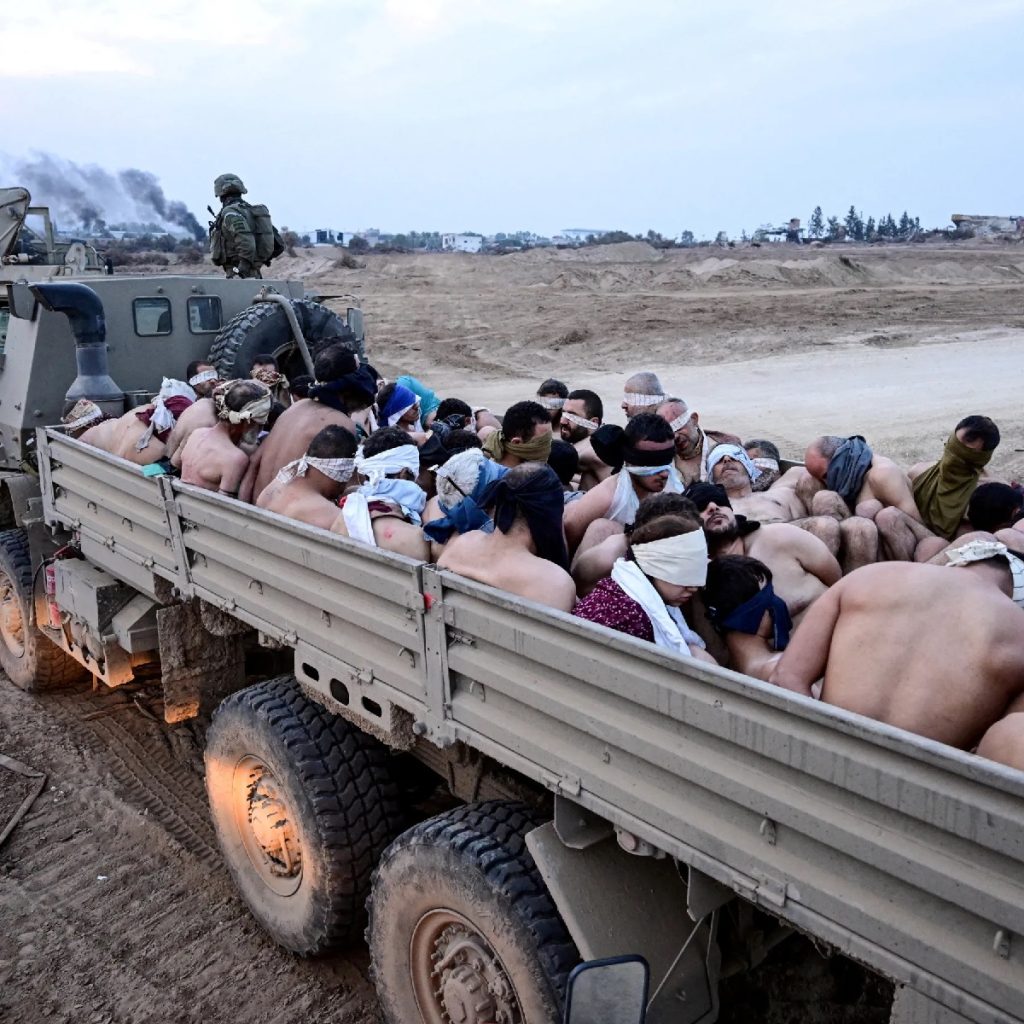Watan-Images and footage of Palestinian prisoners released as part of the seventh batch of the prisoner exchange deal have revealed the extent of the torture and violations they endured inside Israeli prisons.
As they walked to freedom, many appeared severely emaciated and suffered from serious injuries. Some lost consciousness at the moment of their release due to years of deliberate medical neglect.
According to human rights reports, some prisoners were unable to walk due to brutal beatings and rib fractures, while others lost dozens of kilograms due to malnutrition and a complete lack of medical care in Israeli detention centers. Some of the freed prisoners also showed signs of severe skin diseases caused by the absence of basic hygiene standards in the prisons.
In shocking testimonies, several released prisoners described Israeli prisons as “graveyards for the living,” where Palestinian detainees were subjected to extreme psychological and physical torture. One former prisoner revealed that every new group arriving at the hospital was in worse condition than the previous one, proving that torture remains a systematic practice inside Israeli prisons despite Tel Aviv’s claims of respecting human rights.

One of the most heartbreaking scenes was a prisoner who, after 33 years of captivity and torture, found himself unable to stand upon his release. Others reported suffering from serious heart and stomach injuries due to repeated beatings and malnutrition, without receiving any proper medical treatment throughout their detention.
According to Palestinian resistance sources, the prisoner exchange deal has so far secured the release of 596 prisoners out of 642, including 151 detainees sentenced to life imprisonment or long sentences. However, the suffering of the prisoners does not end upon their release—they require long periods of medical and psychological rehabilitation after enduring years of oppression, neglect, and abuse.
